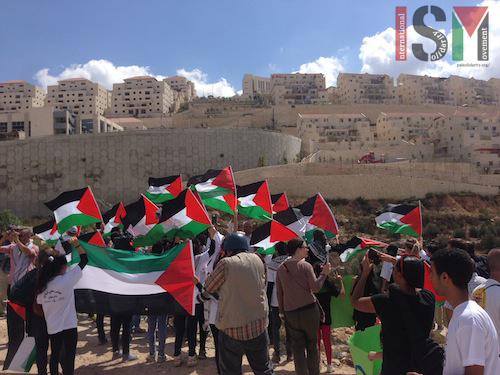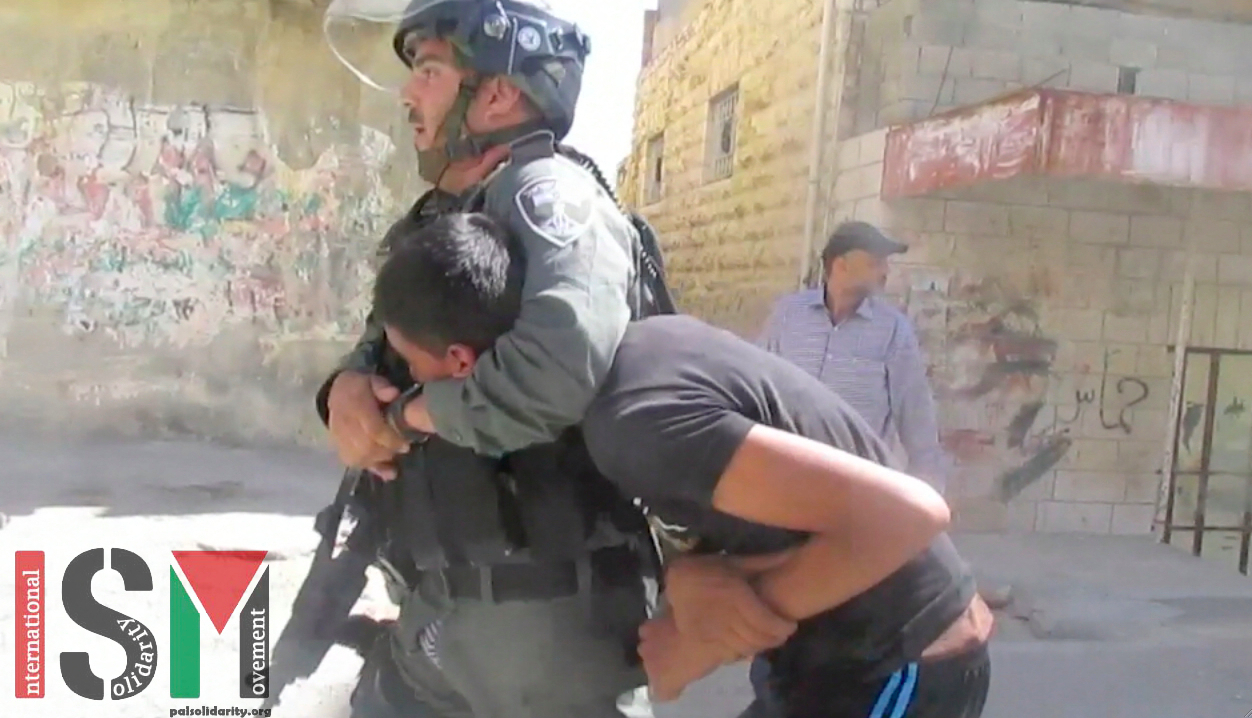Author: ISM Media
-
VIDEO: Israeli forces use violence against unarmed demonstrators attempting to plant olive sapplings in Wadi Foukeen
26th September 2014 | International Solidarity Movement, Khalil team | Wadi Foukeen, Occupied Palestine Wadi Foukeen is a Palestinian village just west of Bethlehem with a population of approximately 1,250 people. A weekly Friday demonstration has been organized by the village community against the Israeli occupation and in response to the recent land grab of 4,000…
-
Two young Palestinians arrested and abused
24th September 2014 | International Solidarity Movement, Khalil team | Hebron, Occupied Palestine Monday afternoon in Hebron, two young Palestinian men were arrested and abused north of Qeitun after being falsely accused of stone throwing. 21-year-old Muhammad Ghaleb Abu Sbeih was walking home from work when soldiers from the Israeli military force arrested him. Six boys had…
-
VIDEO: Israeli forces arrest two children and fire 29 rounds of tear gas at schoolchildren
23rd September 2014 | International Solidarity Movement, Khalil team | Hebron, Occupied Palestine Today at Salaymeh checkpoint in Hebron, Israeli forces fired 29 rounds of tear gas and 5 stun grenades at children going to school. The morning started off peaceful as children passed through the checkpoint but as word spread that two Palestinians had been…



